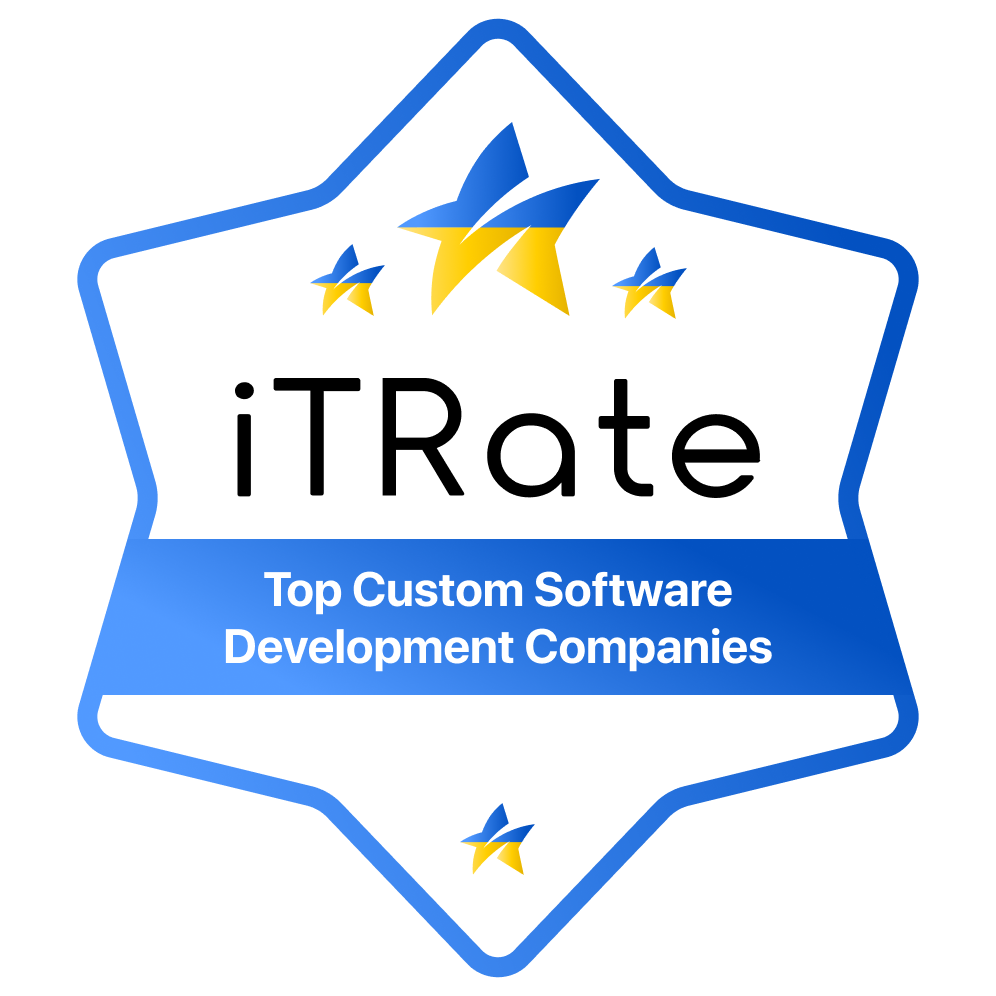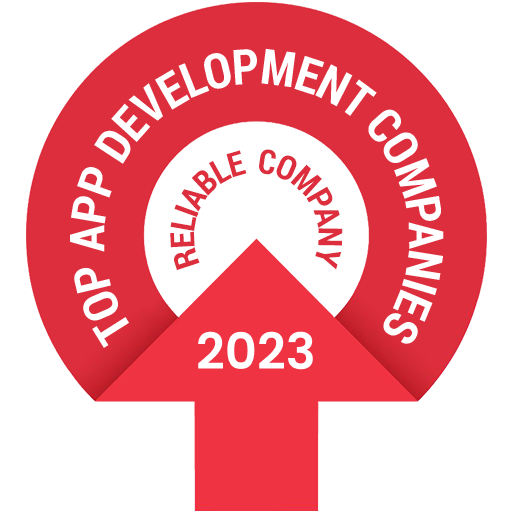Modern Tech Stack Selection
Why this guide matters
The best engineering teams choose technology with intention. They balance delivery velocity, scalability, maintainability, and hiring realities—all while keeping finance and leadership aligned. This guide packages the scorecards, models, and facilitation rituals you need to evaluate options with confidence.
Toolkit overview
- Technology evaluation scorecard with impact, effort, and risk weighting.
- Total cost of ownership (TCO) model spanning licensing, cloud, and people costs.
- Reference architecture diagrams to map candidate stacks at a glance.
- Enablement rollout plan to align engineering, DevOps, security, and product operations.
Align on decision principles
Start by filling out the technology strategy canvas. Map the business context, product goals, and constraints so everyone evaluating options is aligned.
| Dimension | Guiding questions | Evidence to gather |
|---|---|---|
| Product outcomes | What experiences must the stack enable within 6–18 months? | Roadmaps, OKRs, customer interviews. |
| Team capabilities | What skills exist today? What can we hire or train quickly? | Skill inventory, hiring pipeline, training budget. |
| Operational requirements | What uptime, compliance, and latency targets must we meet? | SLOs, compliance requirements, customer contracts. |
| Financial expectations | What does finance expect for capital vs. operational spend? | Budget projections, cloud spend history, vendor quotes. |
Combine this context with stakeholder interviews (engineering, product, finance, security) before comparing specific technologies.
Evaluate options by layer
Use the evaluation scorecard to compare candidate technologies for each layer. Weight categories based on your decision principles, then score 1 (poor fit) to 5 (excellent fit).
Frontend frameworks
- React / Next.js – Mature ecosystem, SSR/ISR support, strong hiring pool. Consider if you need server components and rich DX.
- Vue / Nuxt – Gentle learning curve, opinionated defaults, growing ecosystem. Useful for small to midsize teams prioritising speed.
- SvelteKit – Lightweight runtime, excellent performance, smaller community. Fit for teams seeking minimal bundle size with modern syntax.
Backend runtimes
- Node.js / TypeScript – Unified language across stack, extensive libraries, great for APIs and real-time experiences.
- Go – High performance, simple concurrency model, small binaries. Suited for microservices and infrastructure tooling.
- Python – Rich ecosystem for data workloads, fast prototyping. Combine with ASGI frameworks for modern async performance.
Data layer
- PostgreSQL – Reliable relational database with strong community, ideal for complex joins and transactional integrity.
- MongoDB – Flexible documents, rapid schema iteration. Use when product domains change often.
- Managed services (Firestore, DynamoDB) – Offload operations; evaluate lock-in, cost, and query limitations carefully.
Infrastructure & tooling
- Consider platform needs (serverless, containers, PaaS) vs. engineering capacity.
- Leverage managed CI/CD, observability, and security tooling to reduce operational burden.
- Document compliance requirements (SOC 2, GDPR) that may dictate vendor choice.
Model total cost of ownership
Populate the TCO model with realistic assumptions. Include both obvious and hidden costs so finance and product leaders can make informed trade-offs.
| Cost category | Examples | Questions |
|---|---|---|
| Licensing & subscriptions | Enterprise support, API usage, premium features. | What happens as usage doubles? Are discounts available? |
| Infrastructure | Compute, storage, networking, CDN, backups. | How easy is it to forecast spend? Can costs be optimised automatically? |
| People | Hiring, training, productivity ramp, vendor management. | Do we need specialists? What is the market salary and availability? |
| Operations | Monitoring, incident response, compliance audits. | How much ongoing overhead will the stack introduce? |
| Change costs | Migration effort, refactoring, data movement. | If we pivot in 18 months, how expensive is it to switch? |
Facilitate the decision process
Bring stakeholders together for a structured evaluation workshop. Use the reference architecture diagrams to walk through how each candidate stack would power a representative user journey. Capture questions and action items in the scorecard.
- Review the strategy canvas and confirm weighting of scorecard categories.
- Walk through architecture diagrams for each option; note trade-offs and integration points.
- Score each option individually, then discuss differences as a group.
- Use the TCO model to validate affordability and growth scenarios.
- Document the decision, rationale, and guardrails for future re-evaluation.
Plan the enablement rollout
A decision is only useful if teams can adopt it smoothly. The enablement rollout plan helps you coordinate training, documentation, and operational guardrails.
- Training – Define onboarding sessions, pairing rotations, and reference docs.
- Tooling updates – Update scaffolding, CI/CD pipelines, and linting/testing standards.
- Governance – Document architectural decisions, review processes, and change logs.
- Milestones – Set checkpoints to assess adoption, performance, and developer experience within 30/60/90 days.
Next actions
- Complete the technology strategy canvas with stakeholders.
- Shortlist two to three options and populate the evaluation scorecard.
- Build TCO scenarios (baseline, growth, and worst-case) for each option.
- Run the architecture workshop to score options and capture decisions.
- Create the rollout plan with training, tooling updates, and governance checkpoints.
With clear decision principles, transparent evaluation, and deliberate enablement, you’ll choose a stack that supports today’s roadmap and tomorrow’s growth—without costly rework.


